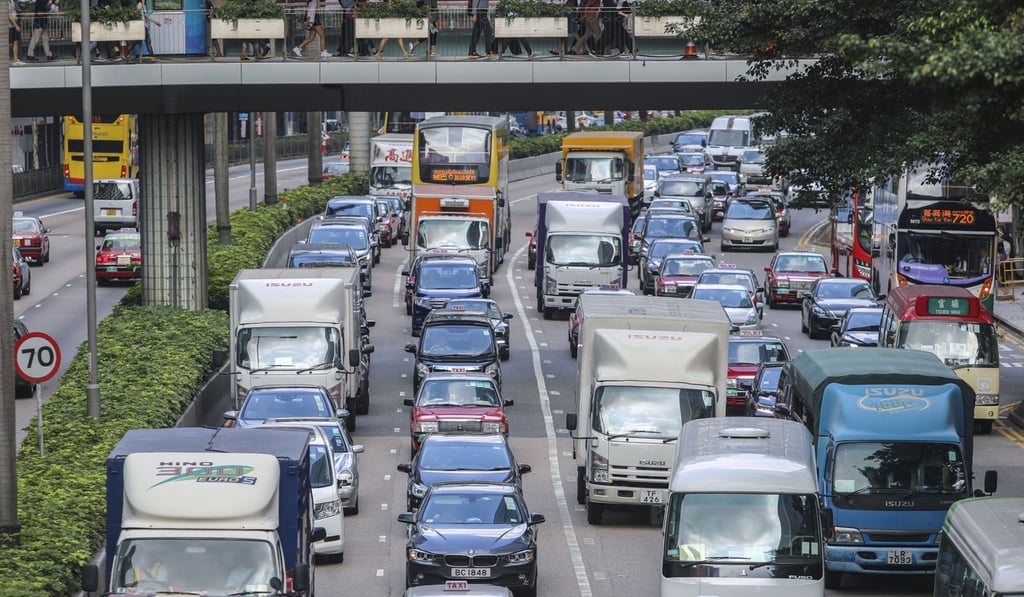Hong Kong urged to control rising car numbers and traffic congestion with cohesive transport policies
- Car ownership increasing seven times faster than population, with drivers undeterred by exorbitant costs
- Experts call for holistic plan boosting attractiveness of public transport but also regulating sector’s private operators

Every day during the morning and evening rush hours, a familiar sight appears at Hong Kong’s three cross-harbour tunnels – rows of vehicles, from buses and taxis to private cars, choke up entrances in a mind-numbing mash of wheels and exhaust fumes.
And despite Hong Kong’s public transport track record still being among the best in Asia, longer waiting times and journeys for buses citywide are becoming the norm, while MTR train carriages seem to be getting fuller.
According to transport experts, these inconveniences are not the result of population growth: instead, a surge in the number of cars on the city’s roads is causing increased congestion, which in turn affects public transport.
Car licensing figures show that between 2008 and 2017, the number of private cars in Hong Kong leapt by 48 per cent, with an average annual increase of 3.7 per cent. By comparison, the city’s population grew only 6.8 per cent roughly over the same period. This means cars are multiplying at seven times the rate of people.
“The car growth rate is unsustainable,” says Evan Auyang, chairman of policy tprihink tank Civic Exchange. “In terms of public transport, Hong Kong might be among the best right now, but we’re not headed in the right direction.”

In terms of public transport, Hong Kong might be among the best right now, but we’re not headed in the right direction
Chan Lok, 40, lives in Causeway Bay and commutes to Kowloon by bus and rail, which takes him about an hour. “The traffic is congested, but there is actually not much the government can do about it,” he says. “Perhaps if they raise tunnel fares and lower public transport fares, it may persuade more people to go car-less?”